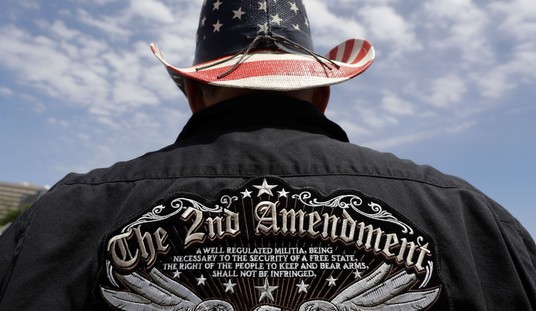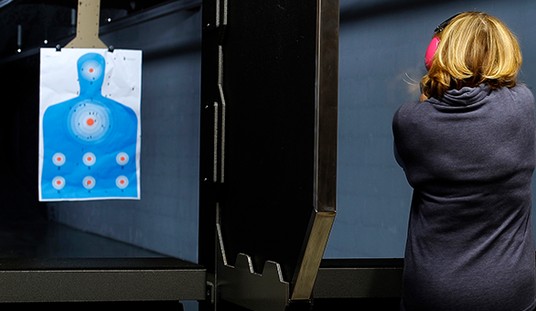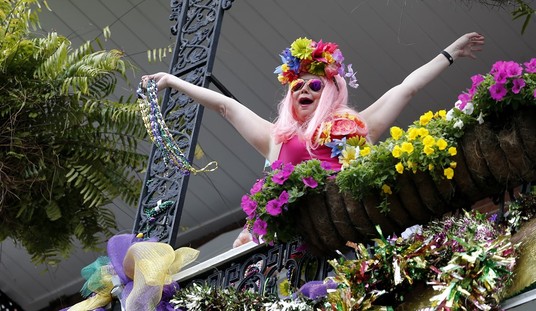REDSTONE ARSENAL, Ala. (Army News Service, March 19, 2013) — The U.S. Army Parachute Team performed its first paratroop jumps Feb. 20, from a new Twin Otter aircraft procured by Army Aviation’s Fixed Wing Project Office.
The Army’s elite parachuting team, better known as the Golden Knights, accepted the first of three new aircraft from the Fixed Wing Project Office approximately two weeks earlier.
The new aircraft, officially on the Army books as a UV-18C, is a Twin Otter Series 400 made by Viking Air Limited headquartered in British Columbia, Canada. The aircraft was modified by Ikhana Aircraft Services in Murietta, Calif., to support paratroop jumping. The modifications include replacing the 21 “commuter” passenger seats with sidewall “hammock-style” seating to accommodate 16 Army parachutists.
Fixed Wing Project Manager Col. Brian Tachias commented on the successful delivery of the first Twin Otter. Cost avoidance to the Army, he said, and the enhanced safety afforded to the Golden Knights were two critical factors driving the purchase of the aircraft.
“When we can save money in terms of the increased maintenance required of older aircraft and provide a better, more reliable and safer platform to work from, in this case the Golden Knights’ new Twin Otter, we’re doing our jobs,” Tachias said. “As aircraft age, the cost of keeping them in the air can be much higher than replacing them with current technology.”
Tachias said there is a lot to be gained by replacing old aircraft with new, updated aircraft with modern instrumentation and flight control systems. The direct result of this is improved safety and enhanced performance capabilities.
“The PM Fixed Wing team is excited to have partnered with Viking Air to provide new aircraft to the Army’s acclaimed Golden Knights parachute team,” Tachias added. “We also collaborated closely with Ikhana Aircraft Services on the product design. Ikhana Aircraft Services was a natural fit into the process and did an exceptional job modifying the aircraft to the required specifications in a timely manner. Most importantly, these companies share our commitment to provide and maintain a high quality, cost-efficient product for the United States Army.”
The Army achieved significant cost savings and cost avoidance as a result of the continuous implementation of “Better Buying Power,” or BBP, an initiative led by the Office of the Secretary of Defense aimed at improving the management of acquisition programs. The daily practice of BBP into Fixed Wing program management has helped to eliminate redundancies and optimized the Army’s investment dollars, added Tachias.
“I’m extremely proud of what the team in the Fixed Wing Project Office has accomplished since it was officially stood up,” said Maj. Gen. William “Tim” Crosby, Program Executive Officer for Aviation. “Their hard work in consolidating all of the Army’s fixed wing assets under the life cycle management of one office has ensured that we have complete accountability for the airworthiness and the safety of our men and women in uniform.”
The UV-18C is an updated version of the UV-18A that the team has been using for its skydiving events and competitions. One of the advantages the UV-18C has over the UV-18A is that the cockpit is more open allowing pilots to see and assess in-air situations much better.








Join the conversation as a VIP Member